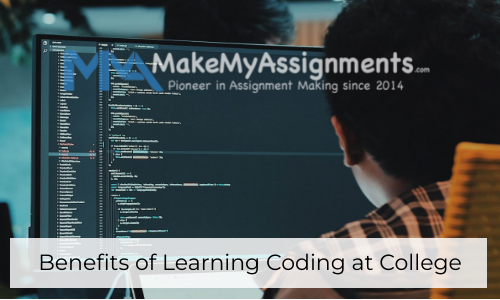
Free lunch to all: a step in the right direction to promoting education?
Forty one million of Americans, of which 13 million are children, do not have enough food to eat. Moreover, in the two-thirds of families that are experiencing food insecurity, there is only one working adult; and since the wages of these members are stagnant or dwindling, it is getting difficult for them to maintain even a middle class lifestyle, and eat to the heart’s content.
Shocking, isn’t it? But these are true facts that aptly describe the present condition of America, and these facts are the reason why a lot of students are unable to complete their education, and consequently, are unable to secure respectable and high paying jobs for themselves.
It is a truth universally accepted that by meeting the nutritional needs of children, one can keep them healthier, and thus ensure that they would stay at school and continue to learn and grow.
This is precisely what the school lunch program proposes to do. It aims at providing meals to students who come from low income families, to keep them healthy and hearty, and retain them in the school.
Unfortunately, stigma and shame prevent a lot of students, especially those at the high school level, from accessing these meals. This problem cannot be undermined since childhood hunger is a pressing concern all across the nation, and it can have serious consequences and repercussions. Children who remain hungry are less healthy, and are more prone to colds and stomach aches. They are also at a greater risk of developing some or the other kind of chronic health disease. Since persistent hunger sends the body’s stress management system into an overdrive, they are also more likely to experience mental health consequences such as chronic stress and anxiety. It is then no surprise that the learning and academic growth of these students is hampered greatly, and as a result, they are not left in a position to complete their education and then earn a comfortable livelihood for themselves. What is more heart wrenching is that even in families that have the means to feed their household do not often have access to nutritious and healthy food, which is associated with lower risk of obesity and other diseases.
The reverse also holds true in this case. Those children who have access to healthy meals perform much better in school.

What can be done in such a scenario? Providing healthy meals to the low-income group students does not come across as a viable solution, since these students refuse to have these meals for fear of being humiliated. Moreover, the number of children who face such acute hunger is shocking! It is more common in urban core neighborhoods that face intergenerational poverty, but has also become widespread in suburban locales, especially in rural Southern locales. Of these and many more households that experience food insecurity, less than two-thirds participate in one of the main federal anti-hunger programmes, which are the Supplemental Nutrition Assistance Program (SNAP), the National School Lunch Program and the Special Supplemental Nutrition Program for Women, Infants, and Children (WIC). Such a trend occurs for mainly two reasons: one, many of these food insecure households are not eligible to take part in these programs; and secondly, many households refuse to do so, because of the stigma that is associated with participating in these programmes.
Moreover, matters are made worse by school policies such as the one mentioned above. There have been instances where the school authorities have refused to give hot meals to students as directed by the free and reduced-price lunch programs. Many a times, these students are also forced to get in a separate line. What is perhaps the worst and most dehumanizing practice of all is that of lunch shaming, wherein school teachers and staff publicly call out students who have unpaid lunch bills, mark their hands to embarrass them, and even throw away their lunches. Such issues are really troublesome and worrying not only to the individual families who have to battle these issues every day, but also to the state as a whole. High school teens especially feel very humiliated when such episodes take place, and despite the fact that they have the highest calorie intake of any age group, they often skip meals at home to ensure that their younger siblings have enough to eat.
In order to tackle this solution, the government came up with a brilliant solution. Instead of providing free lunch to only the low-income family students, it was proposed to provide a healthy and nutritious breakfast and lunch to all students, irrespective of their income. This would solve access-related problems, and ease the burden on middle class families. Extending these services to ALL students, even in the summer months, would drastically reduce childhood hunger, and improve children’s health and academic development. At the same time, it would eliminate administrative barriers to accessing this program, and end the ongoing stigma surrounding school lunch. Additionally, even those families that can afford lunch would greatly benefit from this change. For instance, it would reduce the worry of parents of packing lunch, or giving lunch money on busy mornings.
States should thus openly embrace such policies, in order to implement a universal school meal program.
This article was written by an assignment expert from MakeMyAssignments, your one stop to getting 24×7 assignment help services and assignment writing services. We assist students of both schools and colleges, and our affordable assignment writing services have been benefitting thousands all across the globe.





